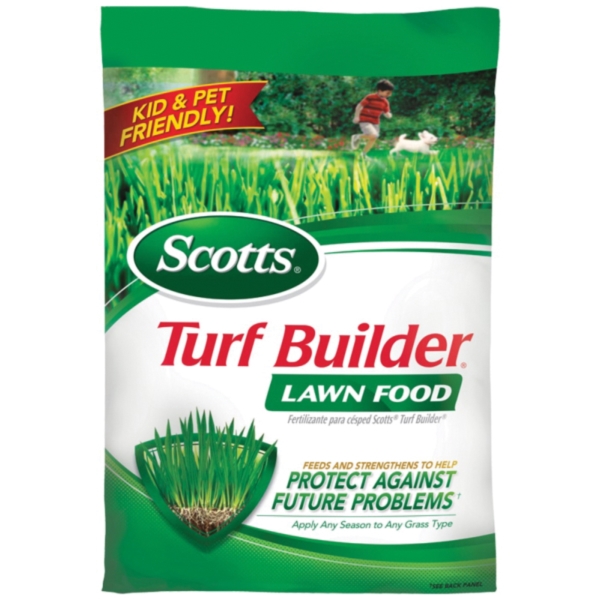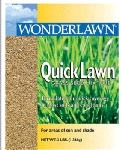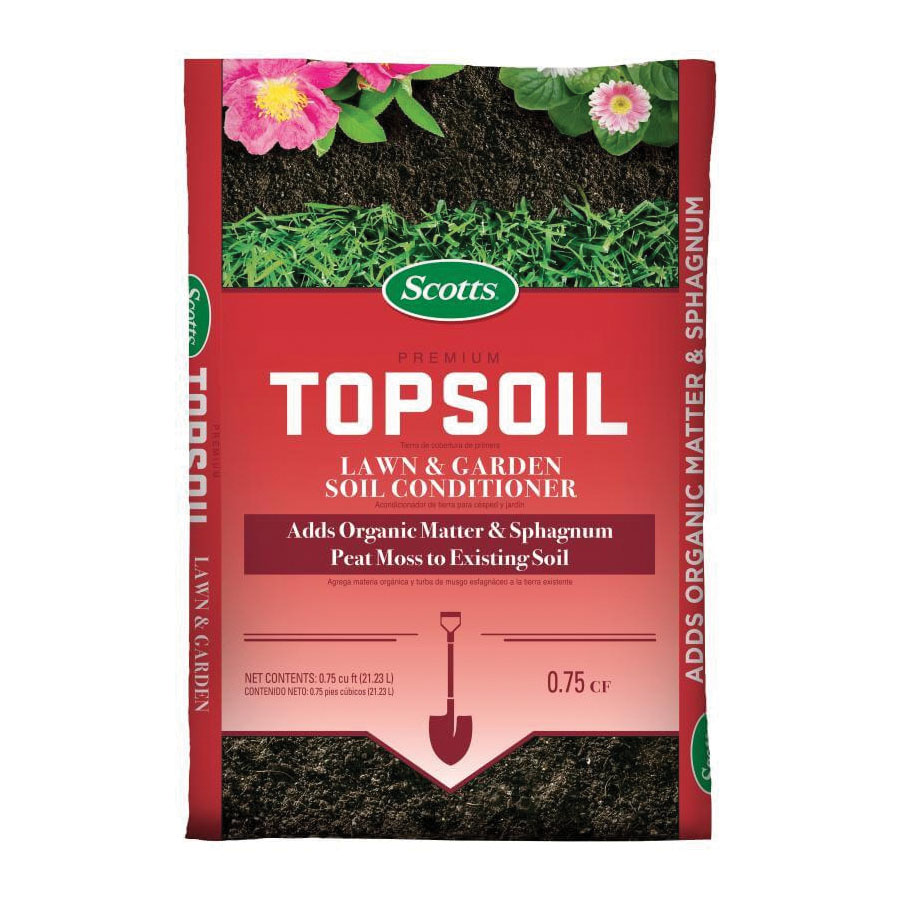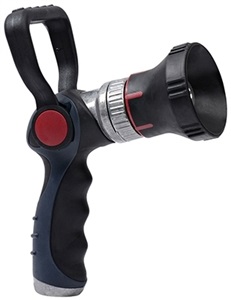

How To Get the Greenest Lawn
It can be frustrating when your neighbors’ lawns look lush and green while yours is struggling. But the grass doesn’t have to be greener on the other side! Let’s break down how you can get the greenest lawn and keep it that way all year long.
The Right Seeds for the Greenest Lawn

Bermuda grass
This popular variety has excellent heat and traffic tolerance. A fine-blade grass, it does better in sunny areas and thrives when cut relatively short.
St. Augustine
A creeping grass, it spreads like a blanket rather than growing as individual blades. It is very drought tolerant and some varieties thrive in shaded areas.
Ryegrass
Using this type of grass is a bit more labor intensive yet if the greenest lawn year-round is your goal, this is your best option. It has an excellent cold tolerance but doesn’t do well in extreme heat. Because of this, many homeowners with Bermuda grass lawns plant Ryegrass in the fall so they can maintain a lush, green lawn throughout the winter while the Bermuda grass goes dormant and turns brown. The Ryegrass will die in the summer while the Bermuda grass thrives and must be replanted each fall.
Seed Blends
Increasingly popular, seed blends offer a combination of compatible grasses. They can be great to use if your lawn has mixed areas of shade, sun, or drainage. The seed blends usually contain different types of grass that can survive on lawns with troublesome areas.
Overseeding for the Greenest Lawn
When your existing lawn needs a boost, overseeding can fill in patchy spots and make your lawn lush and thick. Using the right density of grass seeds or buds is key in achieving the greenest lawn. How many seeds you plant depends on which type of grass you choose. Some grasses, like Bermuda, take 2 pounds of seed for every 1,000 square feet, while Ryegrass can use up to 10 pounds for the same amount of land.
St. Augustine has a hard time germinating on its own, so it’s typically available only as buds or sod. Both are more expensive than seed but will fill in faster.
Fertilizing Your Lawn

There is a lot of confusion around fertilizing grass. Like all living things, grass needs a steady supply of nutrients to survive. Fertilizers are the best way to provide your lawn with the nutrients it needs to be lush and green. There are many different types of fertilizers, including all-in-one fertilizers that also have weed killer and pest prevention in them. Each lawn needs to be fertilized four times a year: early spring, late spring, summer, and early fall. Here are the types of fertilizers and their uses.
Quick-Release
Supplying an immediate infusion of nutrients, quick-release fertilizers can act like medication for your lawn. They are usually water soluble so that the roots can absorb the nutrients as soon as they get to them. It’s great to use at the beginning of the growing season to jump start your lawn, or as a treatment for problematic areas.
Slow-Release
To maintain a healthy, green lawn, slow-release formulas provide a steady supply of many of the nutrients your lawn needs including nitrogen, phosphorus, and potassium. Slow-release fertilizers can last several months and are applied once per season.
Liquid
Often used with a sprayer, liquid fertilizer is fast-acting. Because it is a liquid and often diluted with water, the roots of the grass can absorb the nutrients immediately. Liquid fertilizer coats the entire strand of grass, so if applied incorrectly it can burn the plant. Avoid applying liquid fertilizer during the hot summer months, and water before and after application to prevent burning.
Granular
While some granular fertilizers can be quick-release, they are typically made of a slow-release formula and help your lawn become thick and green. These fertilizers are easily spread using a push spreader which allows you to control how much is spread over your lawn. Water your lawn before using granular fertilizer to activate the fertilizer and allow it to seep into the soil.
Fertilizer Safety
If you are using fertilizers around kids and pets, make sure you read the directions completely. Some products are toxic, so pets and kids should be kept off the lawn for a few days while it’s absorbed into the ground.
Watering Your Lawn
Your lawn will be healthiest when it is watered properly. The rule of thumb is to keep your soil damp but not soggy. Watering frequently will help keep your grass’s roots moist and healthy. Overwatering will cause your grass’s roots to rot and make your lawn more susceptible to disease. Watering in the early hours of the morning will prevent evaporation and helps your lawn absorb the water.
Keeping your lawn on a watering schedule, whether with an irrigation system or manual watering system, can help you maintain the moisture level in your soil. Don’t forget to adjust your schedule when it rains, as the seasons change, or according to local restrictions.
Mowing Tips for the Greenest Lawn
When mowing, there are a few important things to keep in mind: the length of the grass, your lawnmower blade, and the length requirements of your type of grass.
Optimal Length
Each grass type has a different ideal blade height for optimal health. For instance, Bermuda and Ryegrass thrive when they are cut relatively short, staying between 1 ½ and 2 ½ inches. St. Augustine, on the other hand, does best with blade lengths between 3 and 4 inches. Staying within the guidelines of your grass’s optimal height will help it stay lush.
How Much Should You Cut?
To keep your lawn healthy and avoid excessive damage, you never want to cut off more than a third of the length of the grass. Cutting too much of the grass at once can cause it to expend its energy on growing up instead of establishing a solid root system that will sustain it.
During times where your grass is growing rapidly, it’s important to mow your grass more frequently - up to every few days - to maintain a healthy height instead of trying to trim it on a set schedule and cutting too much off.
Keep Your Blade Sharp
We’ve all heard that a sharp knife is safer than a dull knife. The same can be said for a dull lawnmower blade. While a sharp blade cuts the grass cleanly, a dull blade can leave your grass uneven and with jagged edges. The jagged edges will turn the tips of your grass brown and weaken your lawn.
Greenest Lawn FAQs
Can I mow a wet lawn?
It’s best to wait until your lawn is dry. Mowing a wet lawn can clog your lawnmower. Even worse, wet grass clippings can smother your grass and kill it.
How do I prevent yellowing?
A yellow lawn is a stressed lawn. There are many reasons why it may be stressed. Under-watering, over-fertilizing, too much traffic, and pet urine can all play a role.
The best way to treat all of these conditions is with water! Watering before and after fertilizing can prevent nitrogen burns. The same goes for pet burns, which are also caused by a high concentration of nitrogen. Rotate where your pet urinates to avoid concentrating nitrogen in one area.
How can I treat bare spots?
Bare spots can be treated by installing sod or by planting seeds or plugs. If you plant seeds, cover them with a little topsoil or compost and water frequently but avoid drenching. If your lawn has persistent bare spots, you may need to plant a different type of grass that is more compatible with your climate.
Is it bad to leave grass clippings on my lawn?
It’s good to leave some grass clippings on your lawn. As the grass clippings break down, they add nutrients that can help sustain your lawn. Be careful though! Leaving a dense layer of clippings can block the sunlight your lawn needs to thrive.
Using these tips and tricks will help you get and keep the greenest lawn. Your lush, green lawn can be the envy of the neighborhood!









